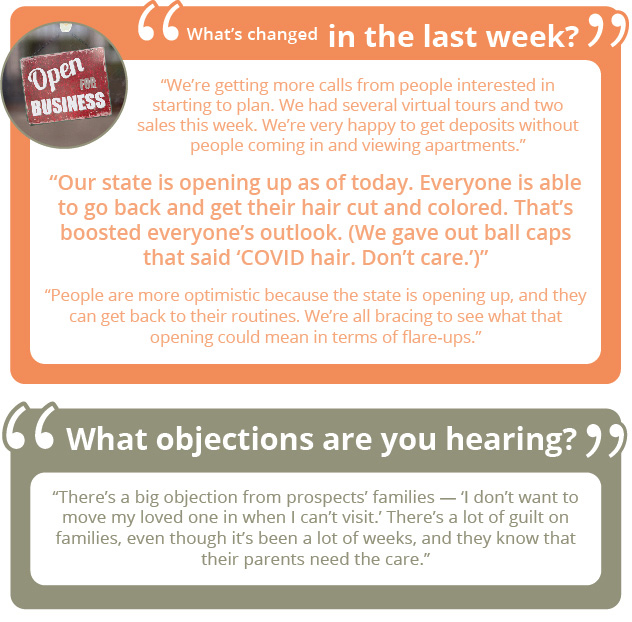2017 was a trying year for aging services organizations across the country — and not just for the traditional reasons. Sure, costs went up, income from government plans went down, and the need to upgrade remained constant. But, as the year went on, it was the unexpected tragedies that caught the industry’s attention. Massive flooding permeated the Gulf Coast, wildfires blazed in the American West and, of course, there was a devastating fire that recently struck at Barclay Friends in Pennsylvania. These unexpected events can quite literally destroy lives and communities.
While we all like to think they could never happen to us, in 2017, many realized it could. This has led to a renewed interest in crisis communications plans across the aging services sector, with providers dusting off their three-ring binders, updating their plans and expanding them to include new media. One question that we often hear is, “What are the key things I should have in my crisis communications plan?” While an article such as this provides too little space to detail a full plan, we can share with you the three things that we look for in creating, revising or updating a crisis communications plan.
1. Is your leadership trained to talk to the media?
The aging services field has long benefited from sustained tenure in the C-Suite. Executives, especially CEOs, often stay with an organization for many years, becoming the face and voice of the brand. They become comfortable with local news organizations and inherently know how to speak to them through a lifetime of experience. Now many of those seasoned leaders are retiring, and a new crop of executives is taking over.
These new leaders may not be prepared to deal with a media firestorm that can explode after a tragedy. Taking some time, and budget dollars, for training your leadership in media relations could be a vital investment. There’s an art to speaking to reporters, especially when information is scarce and you are trying to be both honest with the public yet protect the privacy and safety of your residents, employees and volunteers. For these reasons, we heartily recommend media training for your leadership team.
2. Who is responsible for managing the digital media response?
When tragedy strikes, one of the first places people now turn to is digital media, such as Facebook, Twitter and the web. Have you incorporated these outlets into your crisis communications plan? Is there a system in place for the person responsible for updating these channels to receive approved messaging and post it in a timely manner?
Experienced social media and web managers are usually able to handle an onslaught of information requests, but in many aging services groups, the task of digital media management is left to the marketing team or a small team of communications professionals on the corporate level (who may not even be in the same area as an affected community). This is why it’s so crucial to identify a process for information disclosure through these channels, including who can approve a release of details, who will be doing the actual publishing of the information and a chain of command for answering difficult questions in a timely manner.
3. Are you prepared to deal with the aftermath?
The first 24 hours after an event occurs are the most critical — and, in the moment, may seem the most stressful. Are you and your team prepared for the intense scrutiny and stress that will come once the initial dust has settled?
For example, in the case of Barclay Friends, reporters immediately went digging for information about anything and everything related to the community. They quickly uncovered issues with fire protection equipment reported earlier in the year, placing a new focus on the community and creating another aspect for the media to latch onto. As investigations unfold and causes are determined, you should have a plan in place for managing media relationships in the weeks and months after an event occurs.
We get it — no one wants to think about dealing with a crisis. It’s also very difficult to show a return on investment for the costs of developing a crisis communications plan. At Varsity, we like to think of it as insurance. It’s a product that you pay for in hopes that you never have to use it, but it provides a peace of mind that can’t be overestimated Plus, should an event occur, you’ll be glad that you had a plan in place.









